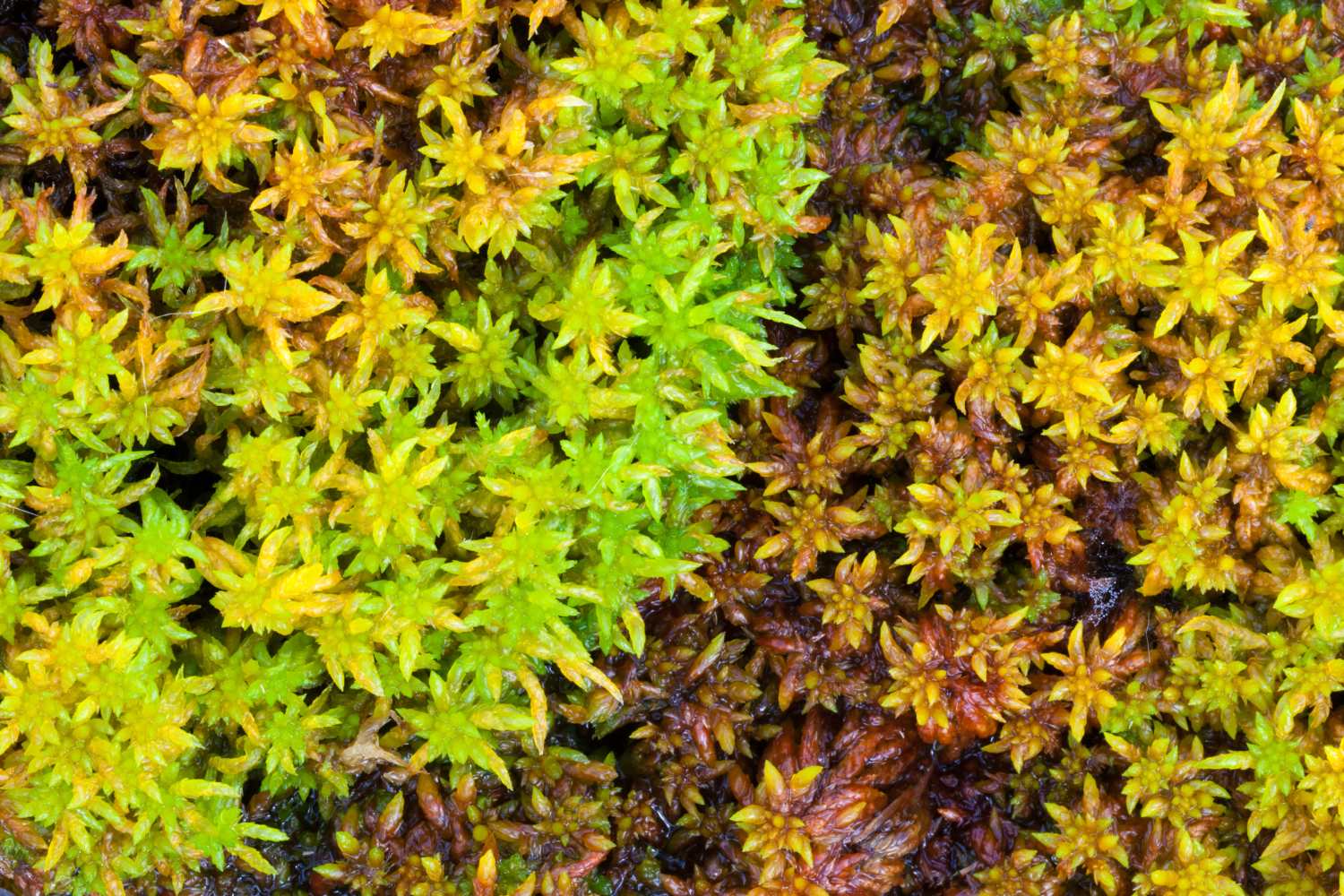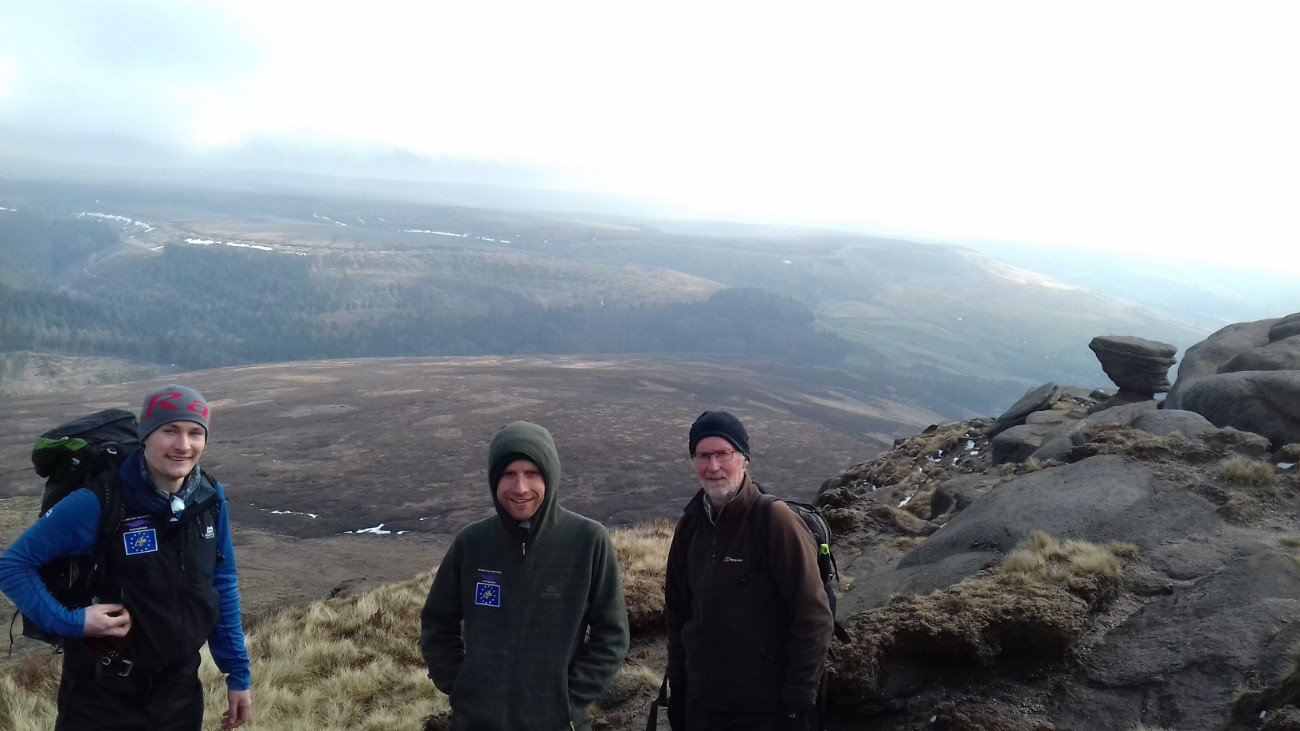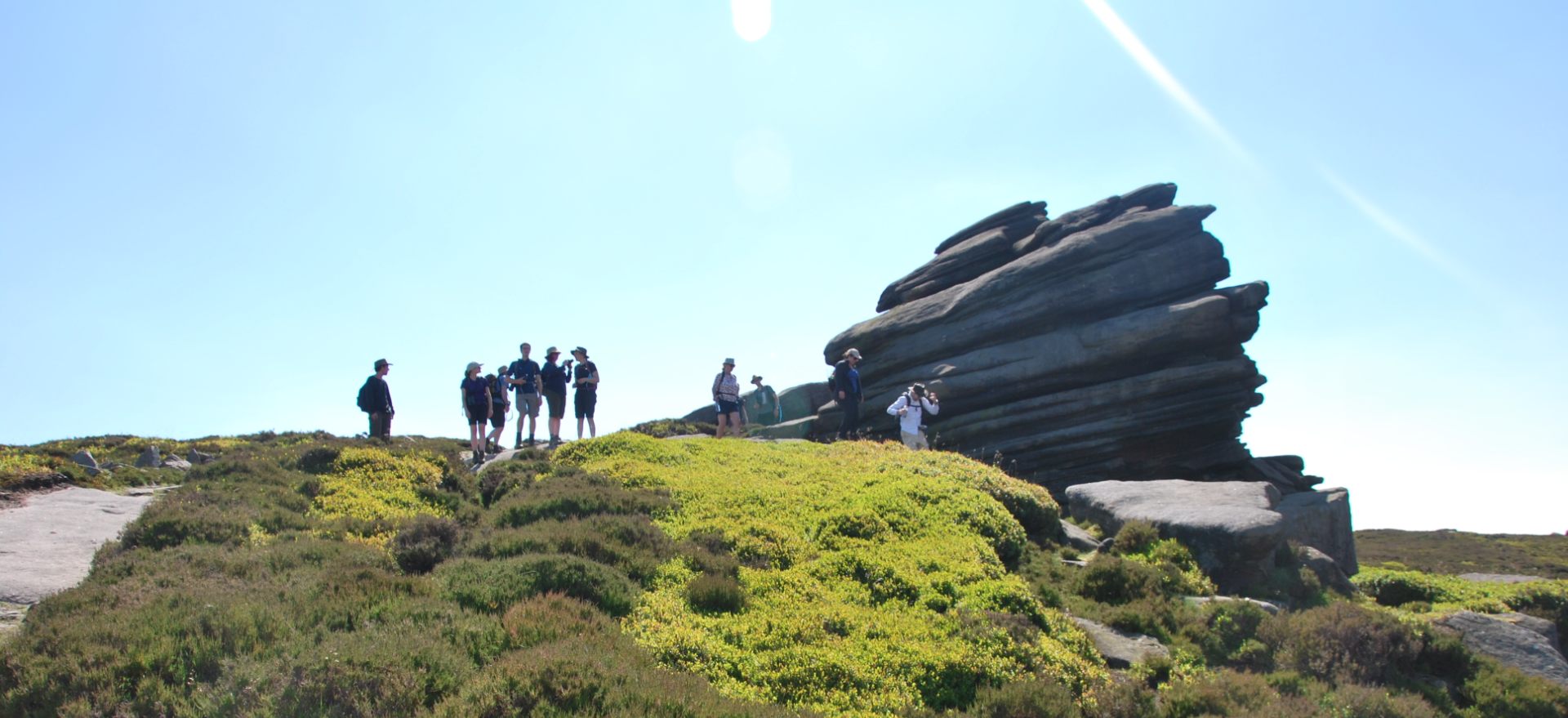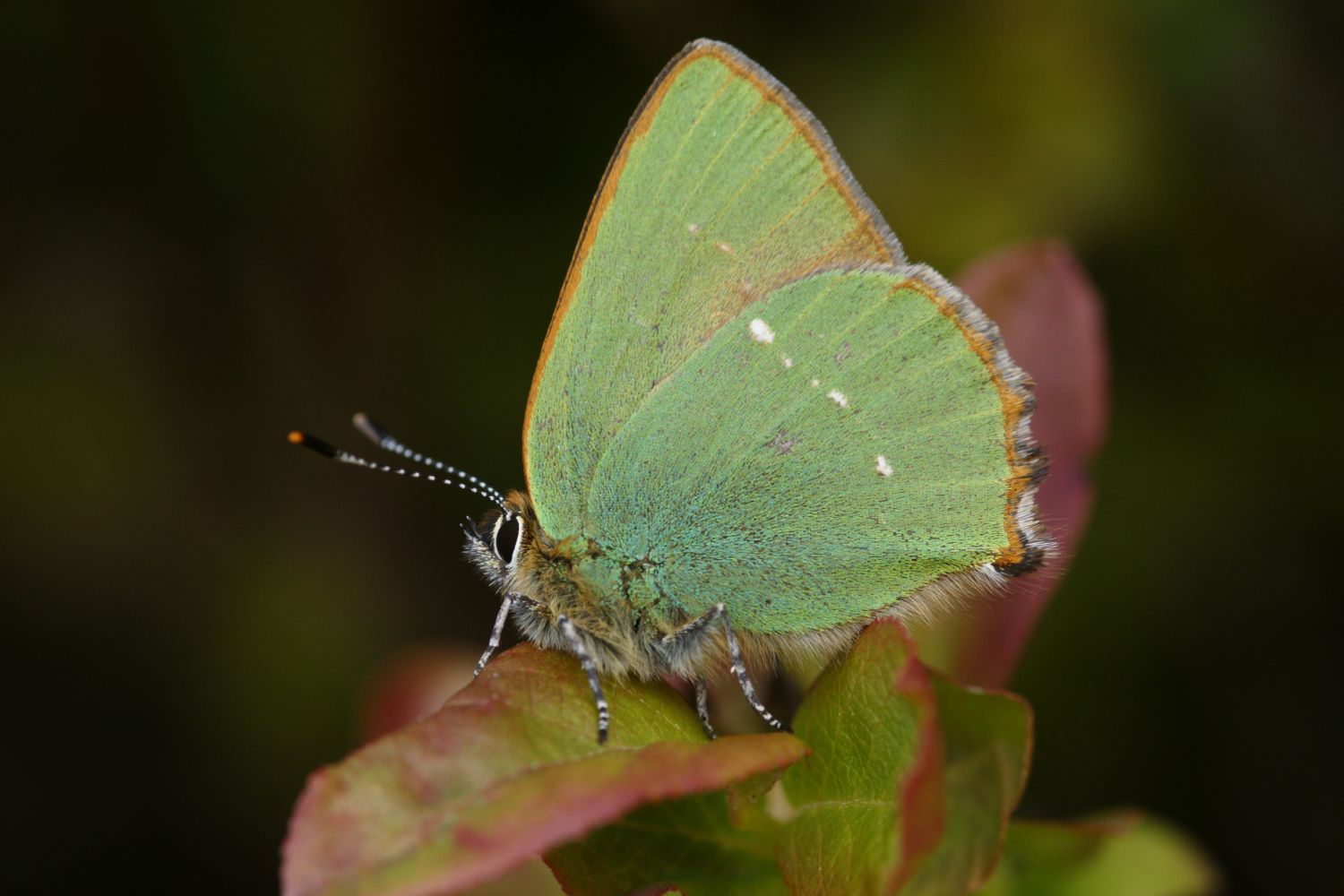We are collecting sightings of three species of bumblebee
To take part in this survey you'll need to walk a fixed route of approximately 1km (known as a transect) at one of our sites across moorlands in the Peak District and South Penines area, recording the bumblebees you see along the way. You then repeat this route once a month throughout the bumblebee season (between March and October).

The three species of bumblebee we are looking at are the tree bumblebee, the Red-tailed bumblebee and the bilberry bumblebee. They have been chosen because they are relatively easy to identify and can be used as indicators of climate change. The bilberry bumblebee is of particular interest because it is an upland specialist and is under-recorded in the Peak District and South Pennines area. Information you collect will also be fed to the Bumblebee Conservation Trust and included in the data collected for their BeeWalk survey scheme.
How to take part
1. Decide which transect you would like to survey by consulting our map below and choosing a location.
2. Once you know where your survey will take place, download and print a transect pack. GPS files are also available for your chosen location, and a survey guide which will tell you how to conduct the survey. Additional blank recording forms are also available to download.
3. Make sure you can identify our target species of bumblebee. First, consult our ID resources below and read our training presentation. If you are confident about bumblebee ID or have taken part before, you’re ready to go. However if you are new to surveying and need some extra help then please contact us at moorcitizens@peakdistrict.gov.uk and we can pair you up with an existing volunteer who can show you how to conduct the survey.
4. Carry out your surveys once a month between March and October.
5. Submit your results using our iRecord portal. For full details of how to do this, see the submit results section below. If you need help using iRecord you can download our PDF guidance document.
Please note: While carrying out this survey you do so entirely at your own risk. Moors for the Future do not accept any liability or responsibility for the well-being of surveyors or damage/loss of their property. Download our Health and Safety Guidelines here.
Bumblebee Transects
Click on a red marker to find out more information about each transect. You can download a transect guide, map, recording form and health and safety guidelines in a zipped 'transect pack' folder, which also includes a GPX file for optional use with a GPS device. The GPX file shows the transect route and the start point of each section within the route.
To view a GPS (GPX) file online, you can upload it to the website GPS Visualizer. You could also load it on to a GPS unit or smartphone navigation app.
Note: Some locations have 2 transects - which are labelled T1 and T2. Some packs also contain instructions for our 'Buds, Berries and Leaves' survey where it uses the same route. Please ignore this document if you only intend to carry out the bumblebee survey.
Don’t forget to download the survey guide (which contains the survey method) and any additional recording sheets you need.
Bumblebee Identification
Before carrying out a bumblebee survey you should make sure that you are familiar with the 3 species we are interested in. It is also very helpful to be aware of other species that you might see.
Below are some bumblebee ID resources:
Bumblebee Survey Guide
A guide to some of the most common moorland species as well as how to undertake a transect survey
Bumblebee Training Presentation
How to undertake a bumblebee transect survey
Field guide to bumblebees
A handy guide to identifying the eight most common types of bumblebee
Iconic Bees: North East Bilberry Bumblebee
A helpful guide from Friends of the Earth about the bilberry bumblebee
Useful Links
Below are some external links to useful resources:
Bumblebee ID Videos: YouTube Playlist
Bumblebee collection on Flickr: excellent resource by entomologist Steven Falk
Bumblebee Conservation Trust: A wealth of information about bumblebees and what you can do to help them.
BeeWatch: Survey includes online tool for identifying your bee photos. An excellent training resource.
Bee, Wasp and Ant Recording Society: Useful information to help you identify what you have seen.
iSpot: Community where you can upload your photos for identification and help ID other people's pictures.
Natural History Museum: Their website has an excellent interactive bumblebee ID guide.
Submitting Your Results
When you have finished a bumblebee survey you should submit your results online or by post using the details below.
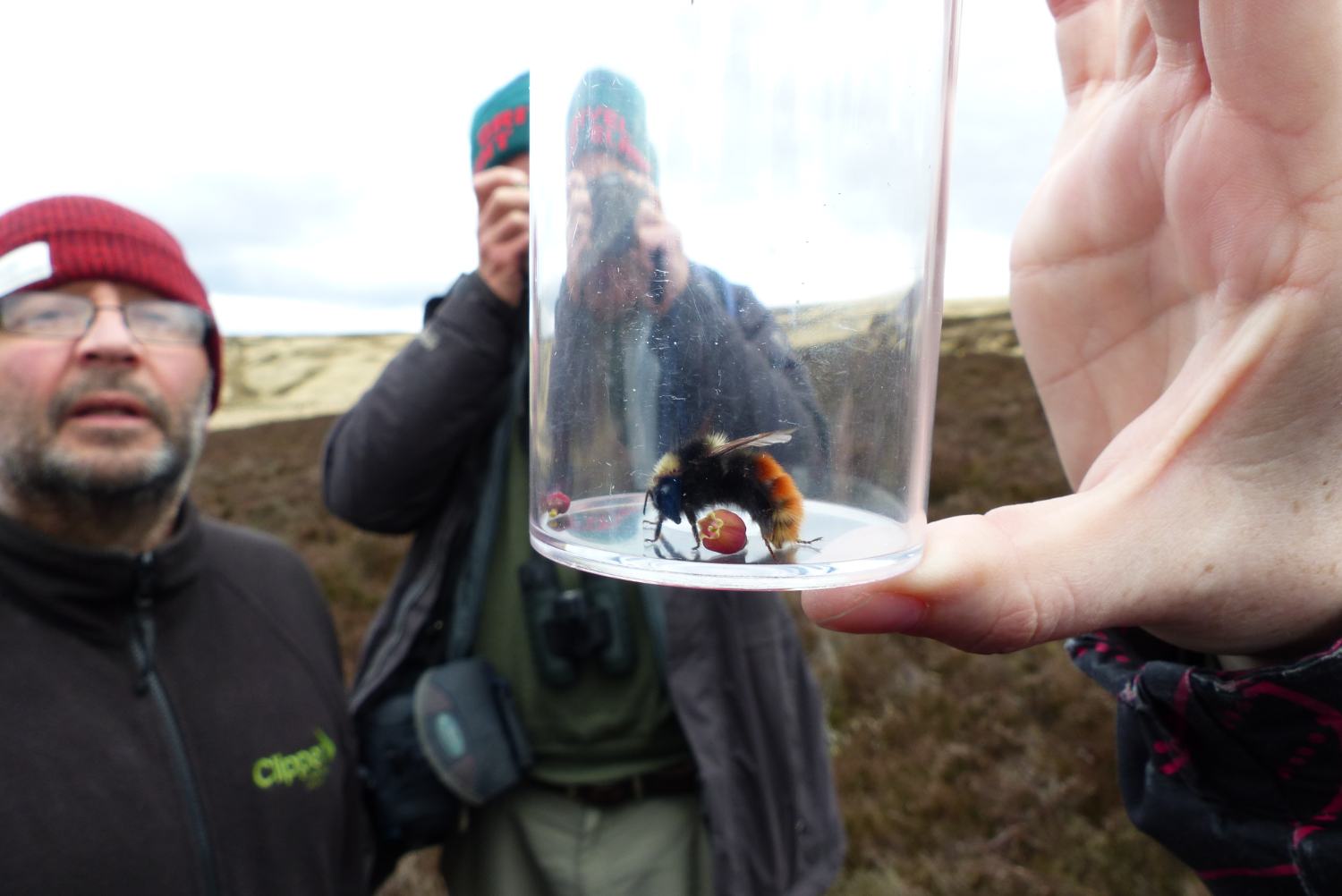
Online
Login to iRecord then... Submit your records via the Moors for the Future iRecord page.
Please note: the first time you use the site you will need create a new account by visiting http://www.brc.ac.uk/irecord/user/register. Once you have created an account make sure you are logged in, otherwise you will see an 'Access Denied' message.
If you need any help submitting your results please download our guidance document.
By Post
If you have completed a bumblebee survey and would like to post your survey results in to us please send your completed recording sheet(s) to:
Community Science Project
Moors for the Future Partnership
The Moorland Centre
Edale
Derbyshire
S33 7ZA
You can also scan and e-mail your completed bumblebee recording form to us at moorcitizens@peakdistrict.gov.uk
Privacy information:
The information submitted using this form will be added to the relevant Moors for the Future survey database held by the Biological Record Centre. Your contact information may be shared with verifiers who will only contact you if they have a query about the data you have submitted. The biological record, excluding your name and email address, will be publicly visible and may be shared with other conservation organisations and databases. If you have opted in to join our mailing list you will receive updates by e-mail about the partnership and our projects. Your information will be held securely by Moors for the Future Partnership and will not be shared with any third parties. You can opt-out of receiving information at any time using the link in the footer of our communications. You can find out more about how we use your information from our Privacy Notice which is available on our website at http://www.peakdistrict.gov.uk/looking-after/about-us/privacy-policy.
Citizen Science Wildlife Surveys
Take a look at all of the animals and plants you can record to help us monitor the impact of climate change in moorland environments



